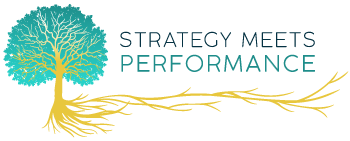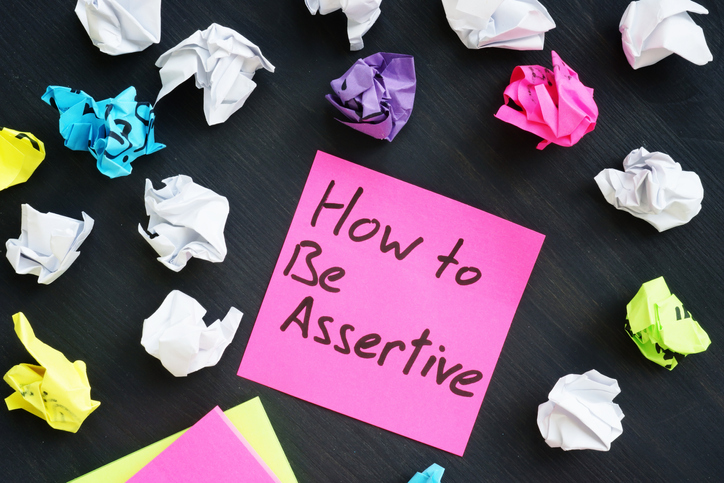I’ve observed that one of the most common challenges among people is difficulty asserting themselves. This applies to college students in the classes I teach all the way to senior leaders of organizations. A leader may want more from an employee; an employee wants more equity on group projects; a college student wants more peace and fewer visitors from his roommate.
When a moment comes to speak their mind, these people first feel the physical aspects that initially come with the fear of being assertive…the sweaty palms, feeling hot under the collar and the experience of fight or flight (I just want to get out of here). Next, they experience social challenges like feeling awkward and nervous and not knowing how to start the conversation. Then, they experience mental cognitive dissonance and think things like, “Oh, why do I have to rock the boat? This is not such a big deal I suppose. I should just get over it.”
Between the physical, social and cognitive challenges of stating one’s needs, when the moment comes, many of these people just give up and don’t say anything. When I ask them if they are content to have the difficult situation continue by suppressing their authentic selves, they reply that they don’t want to cause problems or rock the boat. Yet, they are still upset about the situation at hand.
I recommend a simple three-step communication model that can be used to get the message across in a safe and simple way. This technique that I learned from a Dale Carnegie series book* breaks the three steps down as follows:
- State the facts of the situation
- State your feelings about the situations
- State what you’d like to see changed
It’s an easy concept to remember and easy to use. So the person who wants more equity in his group projects can say the following to his colleague:
- FACTS: Jim, during our last project together, I noticed that I did about 90% of the work even though we were supposed to share the responsibility equally
- FEELINGS: Even though I enjoy working with you and believe in teamwork, I felt upset that I had to miss several important events in my life because I had to take on the majority of the project
- CHANGE: In the future, I’d like to jointly develop and agree to deadlines so that our responsibilities are clear and that we can better work as a team
Using this simple model can help individuals take that first initial step to being more assertive and more authentic. What I’ve learned is that the more you do it, not only does it become easier, but it also becomes a more natural communication pattern.
*The 5 Essential People Skills: How to Assert yourself, Listen to Others and Resolve Conflict




